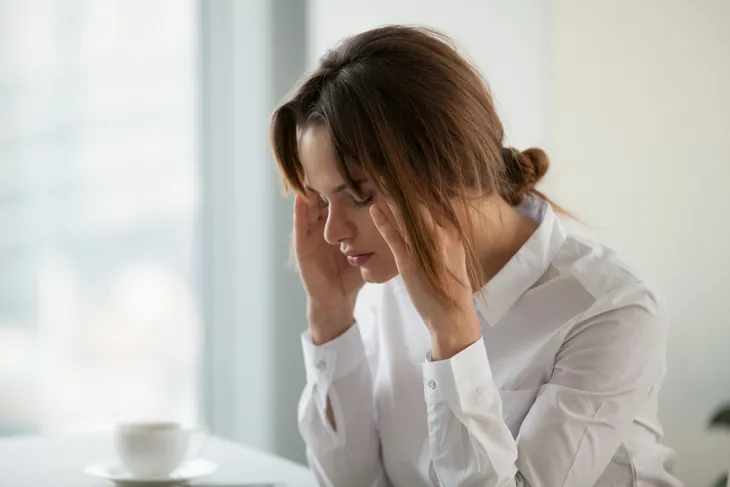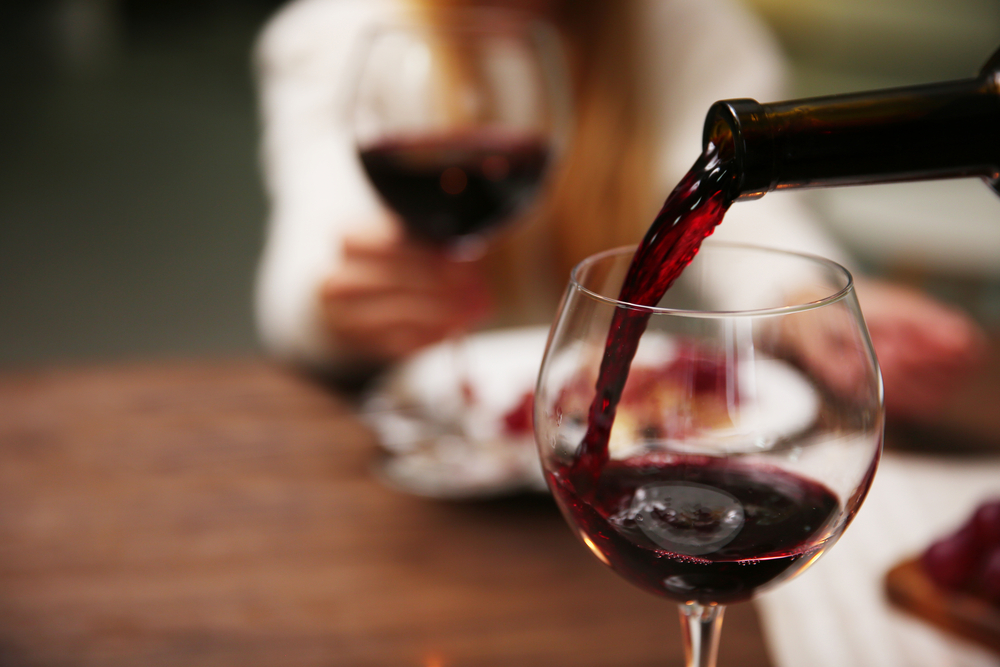Headaches affect 16% of the world’s population on a daily basis, and alcohol consumption is one of the main causes.
Although excessive consumption of any alcohol can cause headaches, red wine is the biggest culprit: the headaches it causes come on more quickly than those caused by white wine, beer or spirits. Another important difference is that red wine headaches can be caused by only a glass or two, while other drinks only cause problems once a large amount has been ingested.
When our livers metabolise ethanol (the chemical name for alcohol), it turns into acetate via a two step process. The first stage is the reaction that converts it into the to the highly toxic substance acetaldehyde. When we consume large amounts of alcohol, our bodies accumulate this chemical, which is twenty times more toxic than alcohol itself and highly carcinogenic. This molecule is the main cause of the characteristic hangover symptoms: nausea, sweating, facial flushing and headaches.
The second step is the subsequent conversion of acetaldehyde to acetate by an enzyme called aldehyde dehydrogenase (ALDH). One particular type of this enzyme, ALDH2 from the levels it reaches in the liver.
An accumulation of acetaldehyde is responsible for the strong facial flushing effect which is seen in approximately 40% of people of Asian descent. This is because of a genetic predisposition to producing a dysfunctional variant of ALDH.
Certain drugs, such as disulfiram, can even be used to discourage alcohol consumption by inhibiting ALDH production, causing an accumulation of acetaldehyde. This leads directly to unpleasant hangover-like effects when alcohol is consumed, including headaches, without the prior intoxication.
Headaches and wine
Red wine headaches are often attributed to certain components in the drink, such as amines, sulphites, or tannins, but so far no convincing evidence has been found to support these hypotheses, nor has an alternative explanation been proposed. However, the higher concentration of flavonoids in red wine – which is ten times higher than in white wine – makes them the main suspects for causing headaches.
A research paper published on 20 November may well have identified the culprit: a flavonoid called quercetin, one of the 9,000 recorded flavonoids found in many foods such as cabbage, onions, capers, coriander, cranberries, green tea, apples and grapes.
When several flavonoids in wine known to block ALDH2 were tested, the most potent was quercetin-3-glucuronide. This compound inhibited ALDH2 almost three times more than any other. This suggests that when we drink red wine, the liver converts quercetin into quercetin-3-glucuronide, which causes us to accumulate acetaldehyde.
It is important to note that quercetin alone does not cause headaches. Onions, for example, contain much more quercetin than wine, but few people complain of headaches after eating them: alcohol and quercetin act together to cause a buildup of poisonous acetaldehyde.
 Shutterstock/fizkes
Shutterstock/fizkesThe better the wine, the stronger the headache
If the combination of quercetin and ethanol causes headaches, why is it that some people can drink red wine without any effect, while others experience headaches when they drink it? There are several potential factors that may explain this.
Although red wine has a significantly higher quercetin content than white, concentrations can vary considerably between red wines of different types and origins. This has been found in, among others, Spanish wines.
Different winemaking processes, such as fermentation and ageing, also affect the chemical content that ends up in a bottle. One well-known factor is the amount of sun exposure that grapes receive. In vineyards that produce high quality wines, practices such as trellising, vine thinning and defoliation (removing leaves) cause the grapes to receive more sunlight and accumulate more quercetin than conventional vineyards that produce cheaper wines.
A study showed that the total flavonoid content was four times higher in “ultra-premium” wines than in lower quality ones. This suggests that one way to avoid headaches might be, unexpectedly, to buy cheaper wine.
Lastly, it is possible that the enzymes that digest quercetin differ from one person to another. Acetaldehyde may also trigger headaches only in genetically predisposed individuals, as is the case in a higher proportion of Asian people.
Manuel Peinado Lorca, Catedrático emérito. Director del Real Jardín Botánico de la Universidad de Alcalá, Universidad de Alcalá
![]()
This article is republished from The Conversation under a Creative Commons license. Read the original article.




